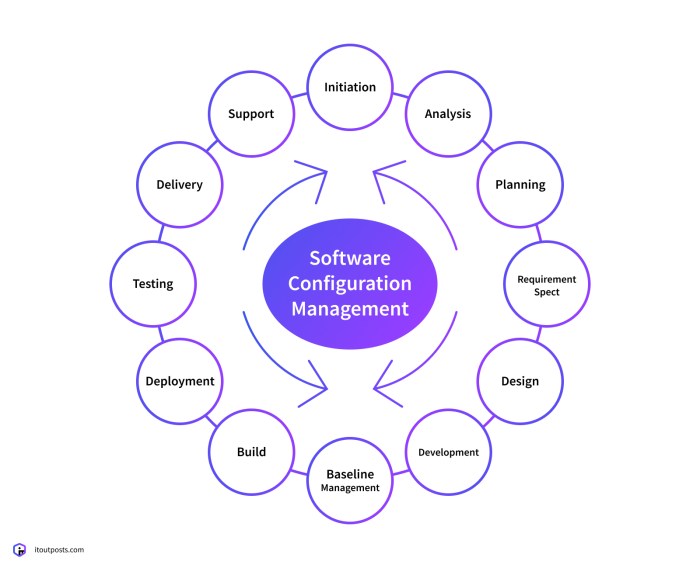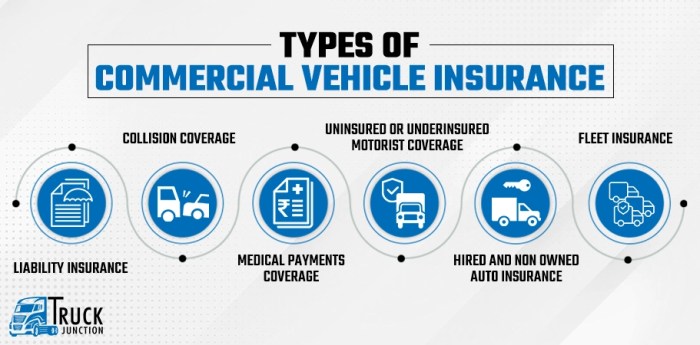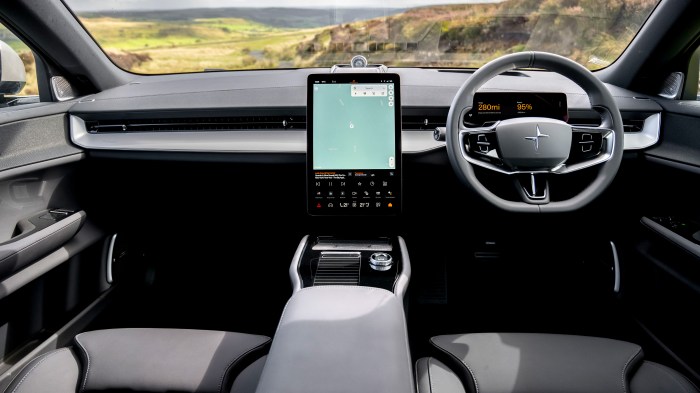The Future of Configuration Management in DevOps delves into the evolving landscape of managing configurations within the realm of DevOps. This guide offers insights into the critical role configuration management plays in optimizing DevOps practices and explores upcoming trends that are set to reshape the industry.
As organizations strive for greater efficiency and agility in their development processes, understanding the nuances of configuration management is essential for staying ahead in the fast-paced world of DevOps.
Introduction to Configuration Management in DevOps
Configuration management in the context of DevOps refers to the process of managing and maintaining the configuration of software applications and infrastructure in an automated and efficient manner.
Configuration management is crucial in DevOps practices as it ensures consistency, reliability, and scalability of software development and deployment. By using configuration management tools, teams can easily manage and track changes, enforce standards, and automate repetitive tasks.
The Importance of Configuration Management in DevOps
- Ensures consistency across environments
- Facilitates faster deployment of software
- Enables easy rollback in case of errors
- Improves collaboration between development and operations teams
How Configuration Management Tools Streamline DevOps Processes
- Automate provisioning and deployment
- Enable version control for configurations
- Ensure infrastructure as code practices
- Provide visibility and traceability of changes
Key Concepts in Configuration Management
Infrastructure as Code plays a crucial role in configuration management by allowing teams to manage and provision infrastructure through code, enabling automation and consistency.
Desired State Configuration
Desired State Configuration is a concept where the configuration of systems is defined in a declarative manner, specifying how a system should be configured rather than the steps to get there. This approach ensures that systems are always in the desired state, reducing manual errors and ensuring consistency.
Version Control in Configuration Management
Version control is essential in configuration management as it allows teams to track changes, revert to previous configurations if needed, and collaborate effectively. By storing configuration files in version control repositories, teams can ensure traceability, auditability, and reliability in managing configurations.
Evolution of Configuration Management Tools in DevOps

Configuration management tools in DevOps have evolved significantly over the years to meet the changing needs of software development and deployment processes. Let's explore the evolution of popular tools like Chef, Puppet, Ansible, and how they have adapted to the demands of modern IT environments.
Evolution of Chef
Chef, one of the early pioneers in configuration management, has evolved to offer a robust infrastructure automation platform. Originally focusing on server configuration, Chef now supports cloud-native technologies like containers and microservices. Its scalability and ease of use have improved with the introduction of features like Chef Habitat for application automation.
Evolution of Puppet
Puppet, another well-established configuration management tool, has also undergone significant changes to keep up with DevOps practices. Puppet's declarative language allows for streamlined configuration management across diverse environments. It has adapted to cloud-native technologies by integrating with platforms like Docker and Kubernetes, enabling efficient orchestration of infrastructure.
Evolution of Ansible
Ansible, known for its simplicity and agentless architecture, has gained popularity for its ease of use in configuration management. It has evolved to support cloud-native technologies by providing modules for managing cloud resources and integrating with containerization platforms. Ansible's scalability and flexibility make it a preferred choice for many DevOps teams.
Comparing and Contrasting Configuration Management Tools
When comparing these tools in terms of scalability and ease of use, Ansible stands out for its simplicity and agentless approach, making it easy to learn and deploy. Chef and Puppet offer more advanced features for complex infrastructures but may have a steeper learning curve.
Organizations need to consider their specific requirements and expertise when choosing a configuration management tool.
Incorporation of Cloud-Native Technologies
Modern configuration management tools have embraced cloud-native technologies to support dynamic, scalable environments. They now offer integrations with container orchestration platforms like Kubernetes, automated provisioning for cloud resources, and support for Infrastructure as Code practices. This integration allows DevOps teams to manage infrastructure efficiently in cloud-native environments.
Challenges and Solutions in Configuration Management

Configuration management in DevOps environments can present various challenges that need to be addressed to ensure smooth and efficient operations. These challenges often revolve around maintaining consistency, ensuring scalability, and managing complex infrastructures. Here, we will explore some common challenges faced in configuration management within DevOps environments and propose solutions to overcome them.
Challenge: Ensuring Consistency Across Environments
One of the key challenges in configuration management is maintaining consistency across different environments, such as development, testing, and production. Any discrepancies in configurations can lead to issues and inconsistencies in software deployment.
- Implementing Infrastructure as Code (IaC) can help automate the process of provisioning and configuring infrastructure, ensuring consistency across environments.
- Using configuration drift detection tools can help identify and rectify any deviations from the desired configuration state.
Challenge: Managing Configuration Complexity
As applications and infrastructures become more complex, managing configurations efficiently becomes a daunting task. With numerous components and dependencies, it is crucial to streamline the configuration management process.
- Utilizing configuration management tools with version control capabilities can help track changes and manage configurations effectively.
- Implementing a configuration management database (CMDB) can provide a centralized repository for storing configuration data and dependencies.
Challenge: Handling Dynamic Infrastructure
In dynamic environments where infrastructure can scale up or down rapidly, keeping configurations in sync becomes a challenge. Manual intervention may not be feasible in such scenarios, requiring automated solutions.
- Employing dynamic inventory management tools can help automatically discover and manage configuration settings for dynamic infrastructure.
- Utilizing container orchestration platforms like Kubernetes can enable automated deployment and scaling of containerized applications, simplifying configuration management.
Impact of Containerization and Microservices
The adoption of containerization and microservices has revolutionized the way applications are developed and deployed. These technologies bring agility and scalability to software delivery but also introduce new challenges in configuration management.
- Containerization allows for encapsulating applications and their dependencies, facilitating consistent deployment across different environments.
- Microservices architecture breaks down applications into smaller, independent services, requiring efficient management of configurations for each service.
- Implementing service mesh technologies like Istio can help centralize and manage configurations for microservices, improving visibility and control.
Future Trends in Configuration Management for DevOps

The landscape of configuration management in DevOps is constantly evolving, with new trends and technologies shaping the way organizations manage their infrastructure and deployments. In this section, we will explore some of the key future trends that are expected to have a significant impact on configuration management practices.
Predictive Analytics and AI in Configuration Management
Predictive analytics and artificial intelligence (AI) are expected to revolutionize configuration management practices in DevOps. By analyzing historical data and patterns, AI-powered tools can predict potential issues before they occur, enabling teams to proactively address them. This proactive approach can help minimize downtime, optimize performance, and improve overall system reliability.
Integration of Security Practices
Security is a critical aspect of configuration management, and the integration of security practices within configuration management workflows is becoming increasingly important. By incorporating security checks and compliance measures into the configuration management process, organizations can ensure that their infrastructure is secure and compliant with industry standards and regulations.
This integrated approach helps to mitigate security risks and vulnerabilities, ultimately enhancing the overall security posture of the system.
Role of Serverless Computing
Serverless computing is gaining popularity as a cost-effective and scalable alternative to traditional server-based architectures. In the context of configuration management, serverless computing offers a new paradigm for managing infrastructure and deployments. By leveraging serverless technologies, organizations can automate and streamline their configuration management processes, reducing operational overhead and increasing agility.
The flexibility and scalability of serverless computing are expected to play a significant role in shaping the future of configuration management in DevOps, enabling teams to adapt to changing business requirements and scale their infrastructure more efficiently.
Ending Remarks
In conclusion, The Future of Configuration Management in DevOps presents a forward-looking perspective on how this crucial aspect of software development is poised to transform in the coming years. By embracing emerging technologies and best practices, businesses can navigate the complexities of configuration management with confidence and drive innovation in their DevOps workflows.
Answers to Common Questions
How does configuration management contribute to DevOps practices?
Configuration management ensures consistency, reliability, and scalability in deploying and managing infrastructure, crucial for the success of DevOps workflows.
What are some common challenges faced in configuration management within DevOps environments?
Common challenges include ensuring version control, managing dependencies, and maintaining security standards across diverse environments.
How will AI and machine learning impact configuration management practices in the future?
AI and machine learning are expected to automate routine tasks, optimize resource allocation, and enhance predictive capabilities in configuration management processes.
What role does serverless computing play in shaping the future of configuration management in DevOps?
Serverless computing enables a more dynamic and cost-effective approach to resource allocation, influencing how configurations are managed and deployed in DevOps environments.









